The song from the subcontinent voyaging through interstellar space
This is what happens one weekend when a song takes you down an incredible rabbit hole and turns you into a near-literal and figurative space cadet.
My ear worm this week is a song from the Indian subcontinent that has been floating through interstellar space on NASA’s Voyager I and II spacecraft since 1977.
It’s a hauntingly beautiful melody sung by Indian classical vocalist Kesarbai Kerkar and the words go something like this -
Jaat kahan ho, akeli gori, jaane na paiyyon
Kesar rang ke maath bhaye hoy, Hori khelat Kanha re
Where do you go alone, girl, do your feet not know?
The fields are coloured saffron, Krishna plays Holi (there I go).
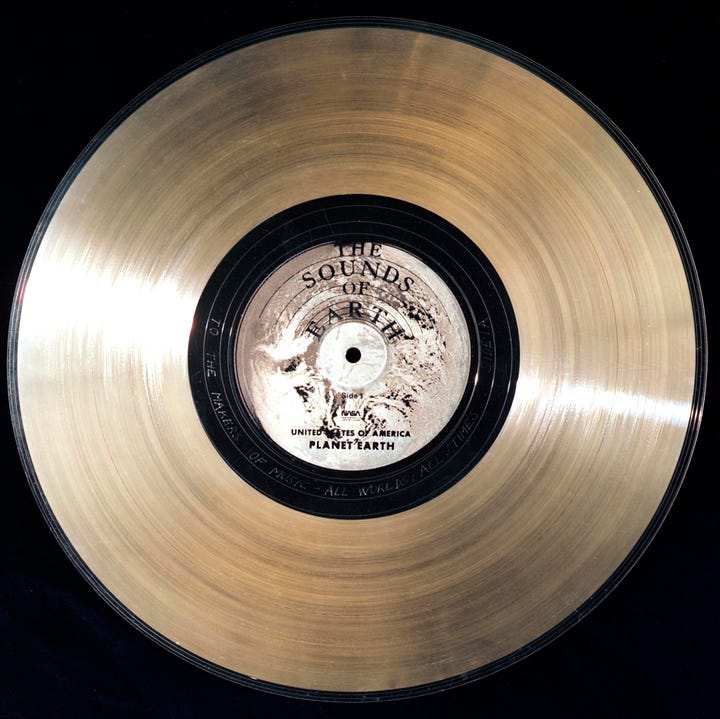
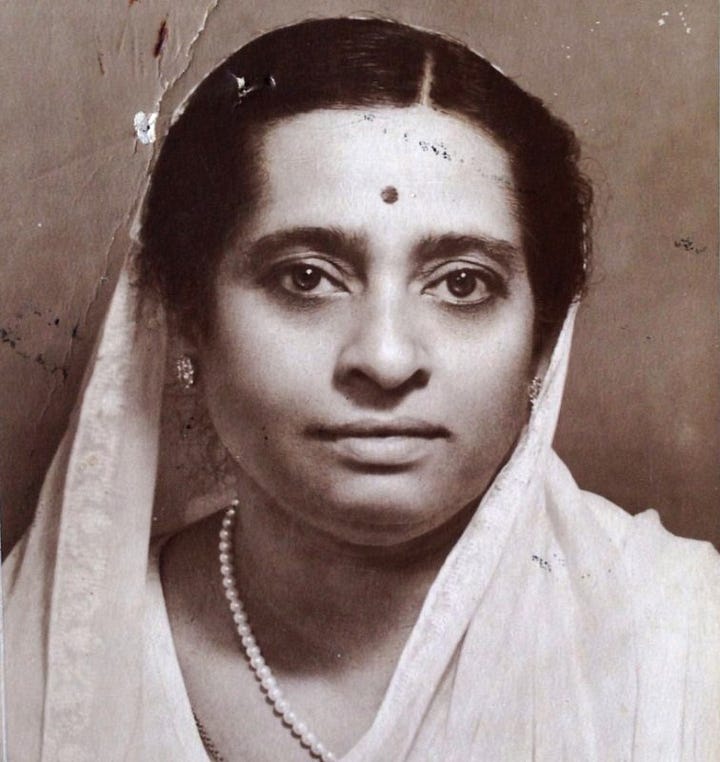
Alongside Aborigine songs from Australia, Beethoven, Chuck Berry and Bach, Kerkar’s rendition of ‘Jaat kahan ho’ is part of a truly eclectic 90-minute selection of music from earth, carefully selected for NASA by a committee chaired by Dr Carl Sagan to be on the Golden Record aboard the two spacecrafts.
Dr Sagan and his team put together 115 images and a variety of natural sounds to add to the musical selection from different cultures and eras, and spoken greetings from ‘Earth-people’ in fifty-five languages.
I am not sure what draws me more - the song by Kerkar, that someone thought of packing a Golden Record of earth sounds and music into space, or the journey of the Voyager spacecraft itself.
It’s a bit of everything really.
It’s Kesarbai’s emotive voice, the lyrics that make it a perfect song to send into space, or that a selection of music is part of a time capsule from earth that has been hurtling through space for 46 years now, with some hope of being found by an advanced space-faring civilisation.
Yes, I am in awe of the sheer scale of scientific effort that has gone into launching the Voyagers into space to learn the secrets of our vast universe.
But it’s even more inspiring to consider that all that science is in pursuit of, is understanding the space around us with the tiniest hope of sharing the story of our blink-of-an-eye existence with another intelligent life form.
To find common ground. To forge connection.
The twin Voyager 1 and 2 spacecraft have gone far beyond anything from earth has ever gone before.
The Voyagers’primary mission was to explore Jupiter and Saturn, and they have exceeded that brief and gone far beyond since. Voyager 2 went on to explore Uranus and Neptune, and is still the only spacecraft to have visited those outer planets. The adventurers’ current mission, the Voyager Interstellar Mission (VIM), will explore the outermost edge of the sun’s domain. And beyond.

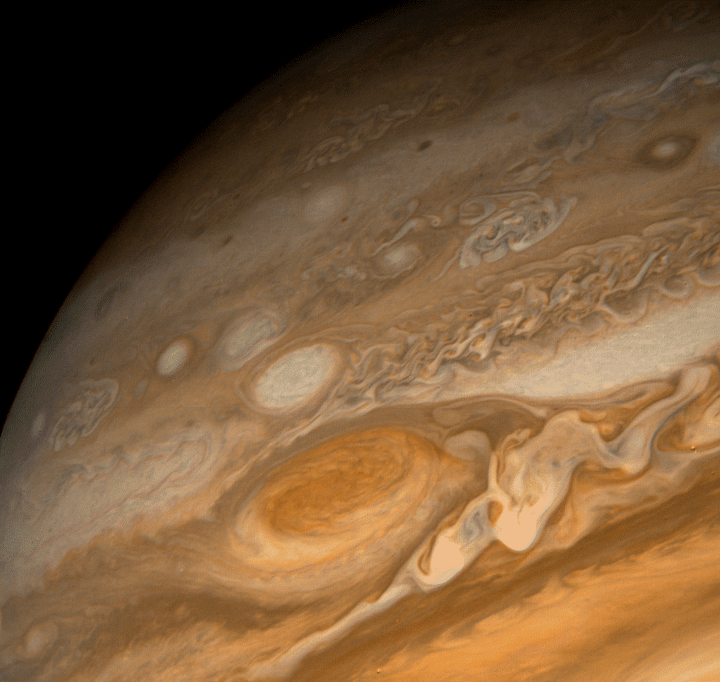

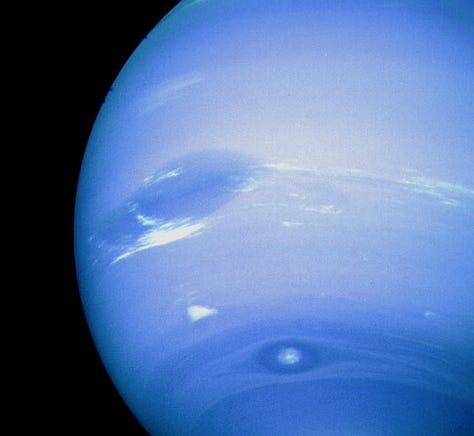
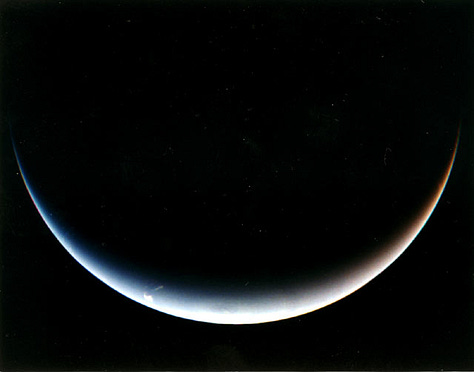
As the Voyager mission’s website states, in August 2012, Voyager 1 made the historic entry into interstellar space, the region between stars, filled with material ejected by the death of nearby stars millions of years ago. Voyager 2 entered interstellar space on November 2018 and scientists still hope to learn more about this region.
So I will leave you with this.
Browse through these never-taken-before variety of images from space as you play Kesarbai Kerkar’s Jaat kahan ho or indeed any song from the Golden Record and consider the awe-inspiring journey into the vast unknown that these twin Voyager spacecraft are still on.
As Carl Sagan noted, “The spacecraft will be encountered and the record played only if there are advanced spacefaring civilizations in interstellar space. But the launching of this bottle into the cosmic ocean says something very hopeful about life on this planet.”




What a fascinating perspective, Sai! I love how your mind works and where it takes you. Thanks also for passing on the contagious ear worm :D